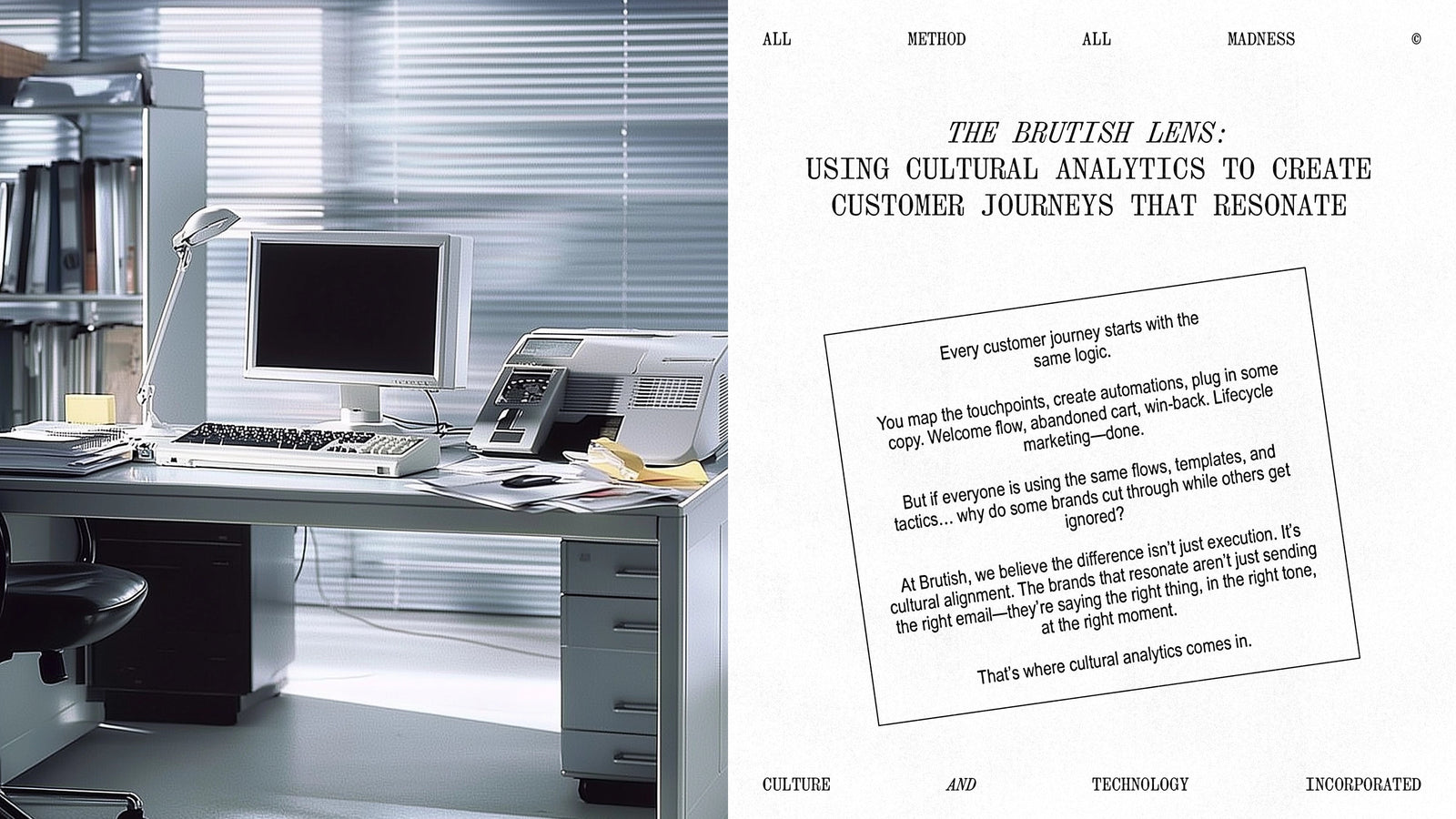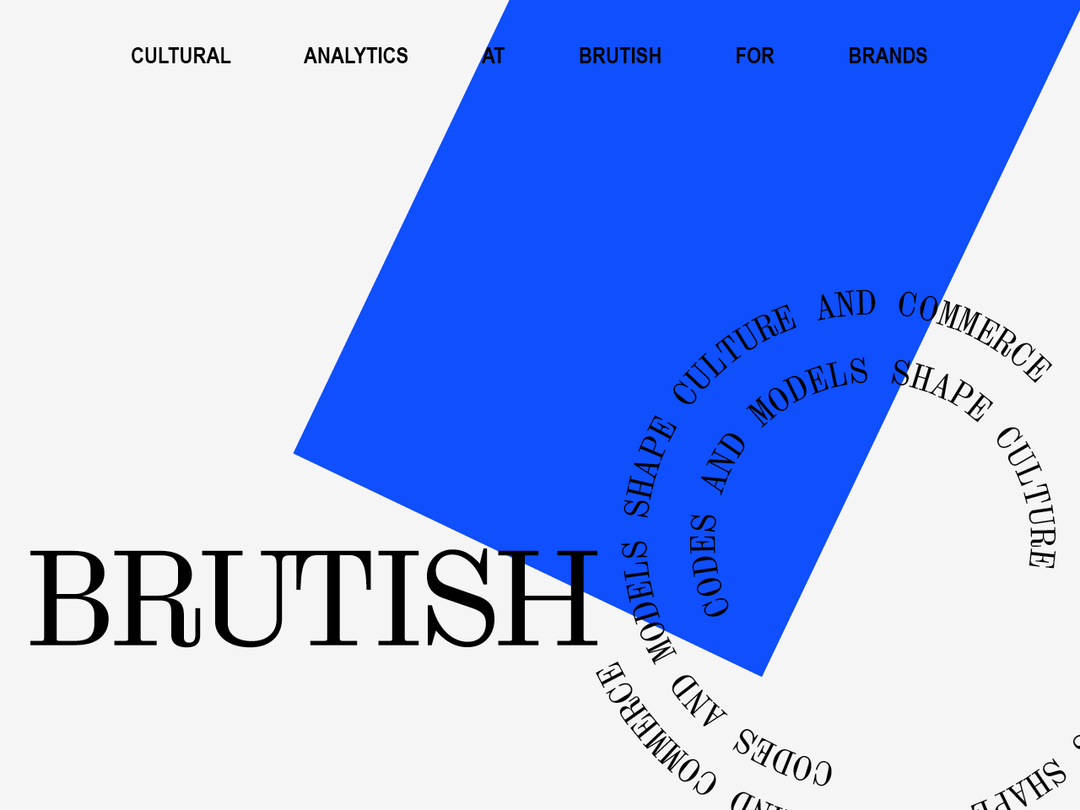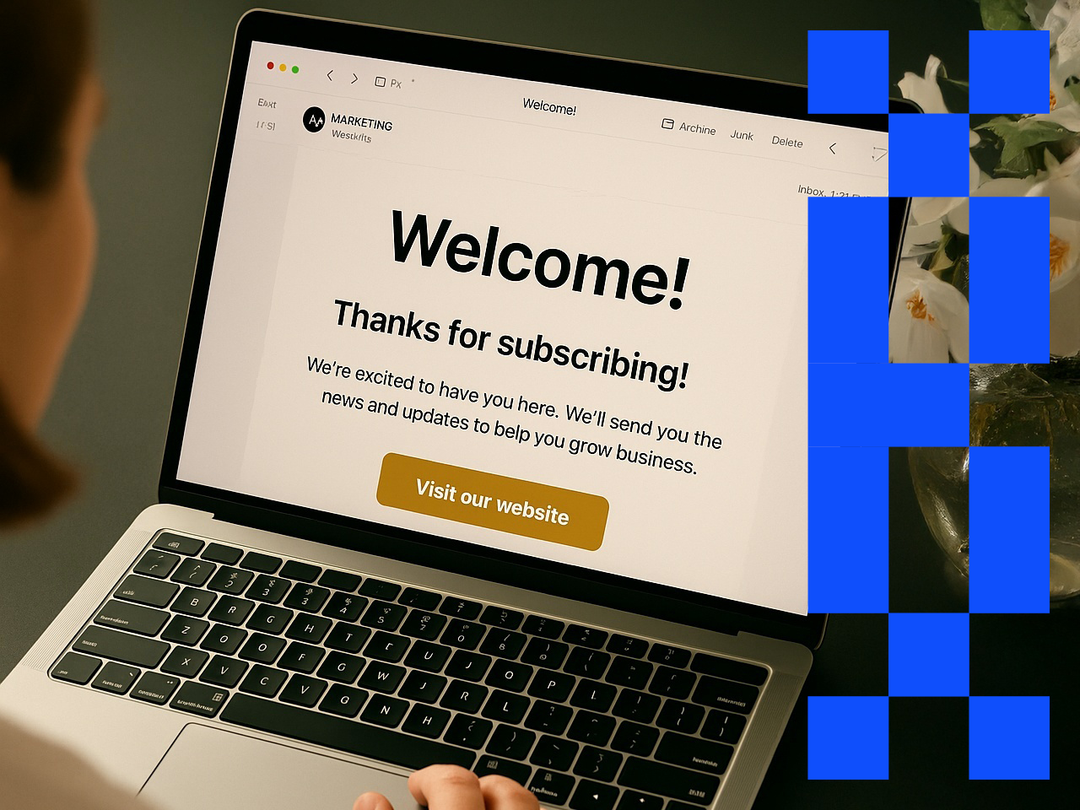Email: The Original Viral Content

Before TikTok dances and algorithmically curated For You pages, virality was simpler and maybe more magical. In the early internet era, email wasn’t just a communication tool. It was the original vector of viral content.
Long before we had memes and retweets, people forwarded things. A cookie recipe. A warning. A joke. A weird photo. No hashtags. No engagement metrics. Just a human reading a message and thinking, “I have to send this to someone.”
In the 1990s and early 2000s, email forwards were the lifeblood of internet folklore. The Neiman Marcus Cookie. The Good Times virus. Snowball the Monster Cat. These weren’t just stories—they were rituals. To read, to laugh (or panic), and then to hit forward. The magic wasn’t in the message, it was in the impulse to share.
What made them spread? Emotional charge. Whether it was outrage, amusement, fear, or delight, the best emails made you feel something strongly enough to act. They weren’t designed to go viral. They just did, because they connected on a human level.
In retrospect, these early viral emails reveal a fundamental truth: virality is human vitality. It comes from a spark. A need to connect. A desire to protect or entertain someone else. That principle remains timeless, even before platforms pushed content based on it's likelihood to provoke and get a reaction.
💡 How to Apply This Today
Modern email marketing often obsesses over performance data. But the most powerful performance driver still comes from that same human spark:
-
Add a call to action that encourages sharing: “If this made you smile, forward it to a friend.”
-
Design for emotional resonance—not just for clicks. Ask: Does this make the reader feel smart, surprised, cared for?
-
Use storytelling and plain language. The viral emails of the 90s weren’t beautiful—they were personal.
Even platforms like Substack bake in viral mechanics: “If you were forwarded this email, subscribe here.” They know that the intimacy of the inbox makes email a potent vector for referral growth.
Treat your email not like an ad. Treat it like a story worth repeating. That’s where virality starts.





Leave a comment